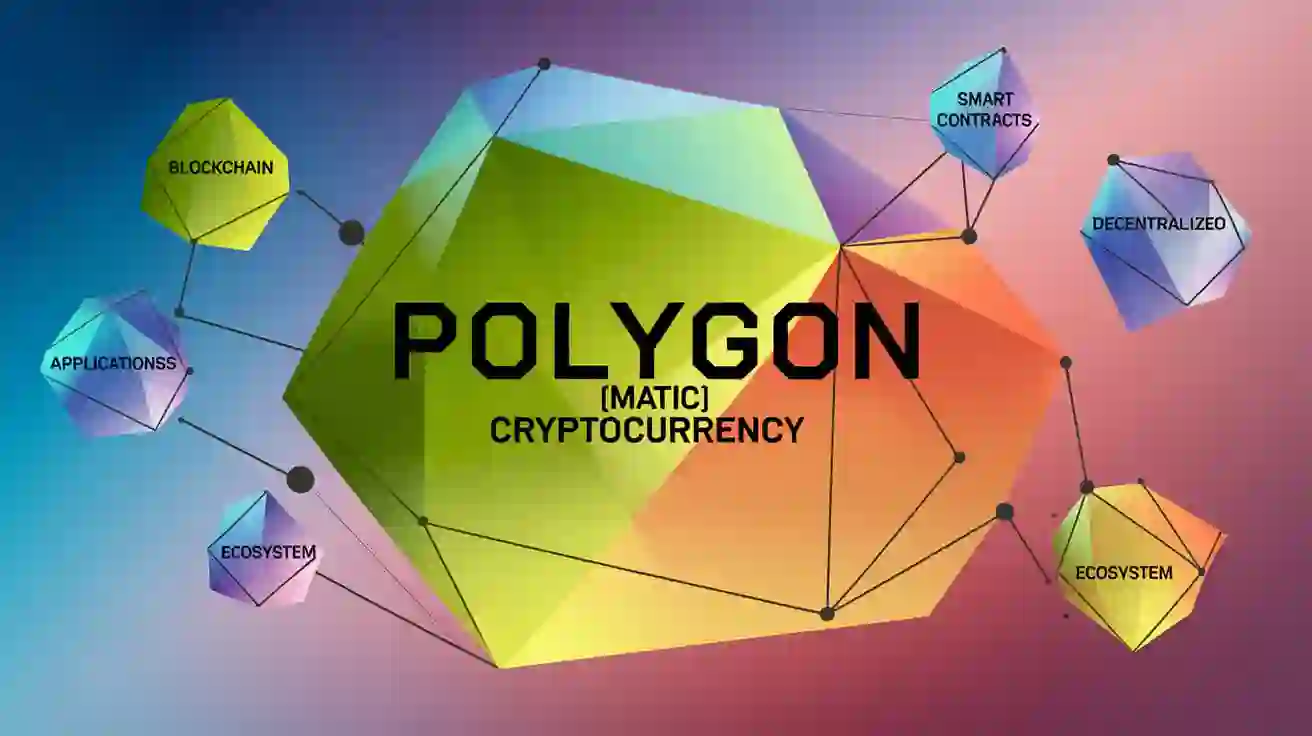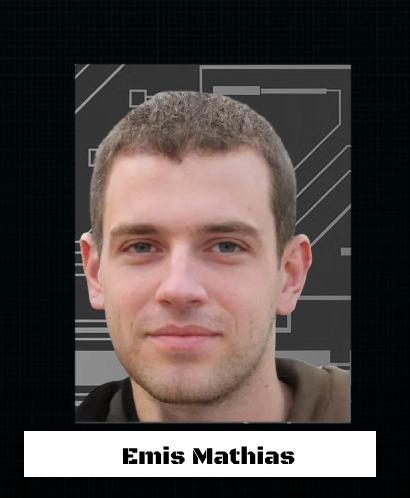Introduction to Polygon (MATIC)
Polygon, formerly recognized as Matic Network, is a cutting-edge scaling framework designed to enhance Ethereum’s functionality by enabling interoperability and scalability for blockchain networks. The transition from Matic Network to Polygon in February 2021 marked a strategic shift from merely a scaling solution to a full-fledged blockchain ecosystem that facilitates the creation of Ethereum-compatible chains.
As an extension of Ethereum’s capabilities, Polygon aims to address critical issues such as high transaction fees, slow processing times, and limited scalability. It retains the MATIC token at its core, which plays a crucial role in governance, staking, and transaction fees.
In this article, we will explore Polygon’s architecture, how it differs from other blockchain interoperability projects like Cosmos and Polkadot, and why it has become one of the most promising developments in the blockchain space.
What is Polygon?
Polygon is a multi-faceted framework that enables developers to build interconnected blockchain networks that are both scalable and customizable. Unlike traditional Ethereum-based solutions, which often struggle with congestion and high transaction costs, Polygon utilizes multiple scaling technologies to optimize performance.
Initially, the Matic Network employed Plasma technology, which allowed off-chain transaction processing before finalizing them on Ethereum. However, with the rebranding to Polygon, the project expanded its vision to support multiple blockchain scaling techniques and enable seamless communication between different networks.
Through Polygon’s framework, developers can launch blockchain networks tailored to their specific requirements. The modularity of the system allows developers to integrate features that best suit their needs, whether it be enhanced security, high-speed transactions, or decentralized governance.
How Polygon Works: The Multi-Layered Architecture
Polygon’s design is structured into a four-layer architecture that enhances both security and efficiency. These layers include:
- Ethereum Layer
- This layer consists of smart contracts deployed on the Ethereum blockchain that manage staking, finality, and communication between Ethereum and Polygon chains. It acts as the foundational security layer but remains optional for developers who want to maintain full independence.
- Security Layer
- This optional layer operates alongside Ethereum, offering an additional security mechanism via validator services. Projects that require extra security without running their own validator network can utilize this feature.
- Polygon Networks Layer
- This is the ecosystem of independent blockchain networks built using Polygon. Each network has its own community, governance structure, and consensus mechanism. These networks are responsible for maintaining local consensus and transaction validation.
- Execution Layer
- The final layer executes smart contracts and handles transactions. It incorporates an Ethereum Virtual Machine (EVM), ensuring seamless compatibility with Ethereum-based applications and tools.
Through its innovative architecture, Polygon allows different chains to communicate effortlessly, enabling advanced functionalities such as cross-chain value transfers and decentralized applications that interact across multiple networks.
🔥 We are thrilled to announce @OPTprotocol's first product, OpenMarket, will launch on Polygon!
🔮 OpenMarket enables anyone to speculate on virtually anything, combined with an intuitive UI that is designed to promote social interactions and a built-in AMM all under one roof. pic.twitter.com/DuerqnlH67
— Polygon ※ (@0xPolygon) March 5, 2021
Polygon as Ethereum’s “Internet of Blockchains”
Polygon envisions a future where various blockchains can seamlessly communicate and operate without being isolated silos. By offering an open, interconnected network, Polygon facilitates the integration of decentralized applications (dApps) and digital assets across different ecosystems.
The platform strives to solve Ethereum’s major challenges by:
- Reducing transaction fees: Polygon’s Layer 2 solutions significantly lower gas fees compared to Ethereum’s congested mainnet.
- Enhancing scalability: By incorporating multiple scaling technologies, Polygon ensures that blockchain networks built on its framework can handle thousands of transactions per second.
- Improving interoperability: With Polygon’s arbitrary message-passing capabilities, blockchains can interact without needing complex third-party solutions.
Key Technologies Powering Polygon
Polygon employs several cutting-edge scaling techniques to optimize its performance and flexibility. These include:
- Proof-of-Stake (PoS) Chain
- Polygon’s main blockchain, known as the Matic PoS Chain, functions as an Ethereum sidechain. It enhances security by implementing a PoS consensus mechanism, ensuring fast and efficient transactions.
- Plasma Chains
- Plasma is a Layer 2 scaling solution that facilitates fast asset transfers between Ethereum and Polygon through Plasma bridges. It enables high-speed transactions without congesting the Ethereum mainnet.
- ZK-Rollups
- Zero-Knowledge (ZK) rollups bundle multiple off-chain transactions into a single proof before posting it to Ethereum. This reduces data load and enhances transaction speeds while maintaining security.
- Optimistic Rollups
- A similar scaling method to ZK-rollups, Optimistic Rollups assume transactions are valid by default and only perform computations when fraud proofs are triggered.
By integrating multiple scaling technologies, Polygon offers developers flexibility in choosing the best-suited solution for their projects.
Why Polygon Stands Out
Compared to other blockchain interoperability projects, Polygon offers several advantages:
- Ethereum Compatibility: Unlike Cosmos, which uses a WASM-based virtual machine, Polygon retains full compatibility with Ethereum’s EVM, making it easier for developers to transition their projects.
- Flexible Security Model: Unlike Polkadot, which requires all parachains to rely on its shared security model, Polygon offers developers the choice of running independent blockchains without compromising security.
- Multi-Scaling Approach: Instead of relying on a single scaling solution, Polygon incorporates multiple technologies, ensuring resilience and adaptability.
The Role of MATIC Token in Polygon’s Ecosystem
Despite the significant expansion of its vision, Polygon still retains the original MATIC token as its core utility asset. The MATIC token serves multiple purposes within the ecosystem:
- Governance: Token holders can vote on Polygon Improvement Proposals (PIPs) to influence the project’s development.
- Staking: MATIC tokens are used to secure the network through staking mechanisms.
- Transaction Fees: The token is used for paying gas fees on the Polygon network.
The MATIC token is widely available for trading on major cryptocurrency exchanges such as Binance, Coinbase Pro, and Huobi Global. Its growing adoption highlights the increasing demand for Polygon’s technology in the blockchain industry.
The Future of Polygon
Polygon is rapidly evolving, with continuous developments aimed at enhancing its ecosystem. Some key future advancements include:
- Launch of Optimistic and ZK-Rollups: While currently in development, these solutions are expected to significantly improve transaction throughput.
- Expansion of Developer Ecosystem: Polygon is attracting partnerships with projects like Mogul Productions, Atari, and OpenPredict, which are utilizing its scaling solutions for innovative applications.
- Enhanced Cross-Chain Compatibility: Polygon aims to facilitate seamless interactions between Ethereum and other major blockchain networks.
Conclusion
Polygon has positioned itself as a leading scaling and interoperability solution for Ethereum, offering developers a powerful framework to build efficient and interconnected blockchain applications. By addressing Ethereum’s scalability issues while maintaining full EVM compatibility, Polygon ensures that the future of decentralized applications is fast, cost-effective, and borderless.
With continuous improvements and growing adoption, Polygon is set to play a crucial role in the next generation of blockchain innovations.



